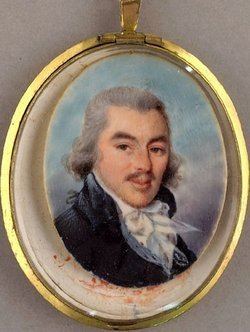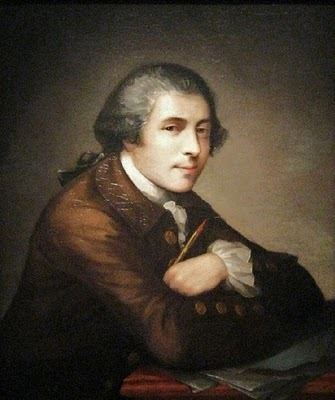Name Zabdiel Boylston | Role Physician | |
 | ||
Died March 1, 1766, Brookline, Massachusetts, United States | ||
Zabdiel Boylston, FRS (1679 in Brookline, Massachusetts – March 2, 1766) was a physician in the Boston area. He apprenticed with his father, an English surgeon named Thomas Boylston. He also studied under the Boston physician Dr. Cutler, never attending a formal medical school (the first medical school in North America was not founded until 1765).

Boylston is known for holding several "firsts" for an American-born physician: He performed the first surgical operation by an American physician, the first removal of gall bladder stones in 1710, and was the first to remove a breast tumor in 1718.
He was a great uncle of both president John Adams, and philanthropist Ward Nicholas Boylston.
Inoculation
During a smallpox outbreak in 1721 in Boston, he inoculated about 248 people by applying pus from a smallpox sore to a small wound on the subjects, a method said to have been previously used in Africa. Initially, he used the method on two slaves and his own son, who was 13 at the time. This was the first introduction of inoculations to the United States. An African slave named Onesimus taught the idea to Cotton Mather, the influential New England Puritan minister.
His method was initially met by hostility and outright violence from other physicians, and many threats were made on his life, with some even threatening to hang him on the nearest tree. He was forced to hide in a private place of his house for 14 days, a secret known only by his wife. During this hostility, his family was also in a dangerous situation. His wife and children were sitting in their home and a lighted hand-grenade was thrown into the room, but the fuse fell off before an explosion could take place. Even after the violence had subsided, he visited his patients only at midnight and while disguised. After his initial inoculations of his son and two slaves, he was arrested for a short period of time for it (he was later released with the promise not to inoculate without government permission). In 1724, with a letter of introduction to Dr. James Jurin by Cotton Mather , Boylston traveled to London, where he published his results as Historical Account of the Small-Pox Inoculated in New England, and became a fellow of the Royal Society two years later. Afterward, he returned to Boston.
